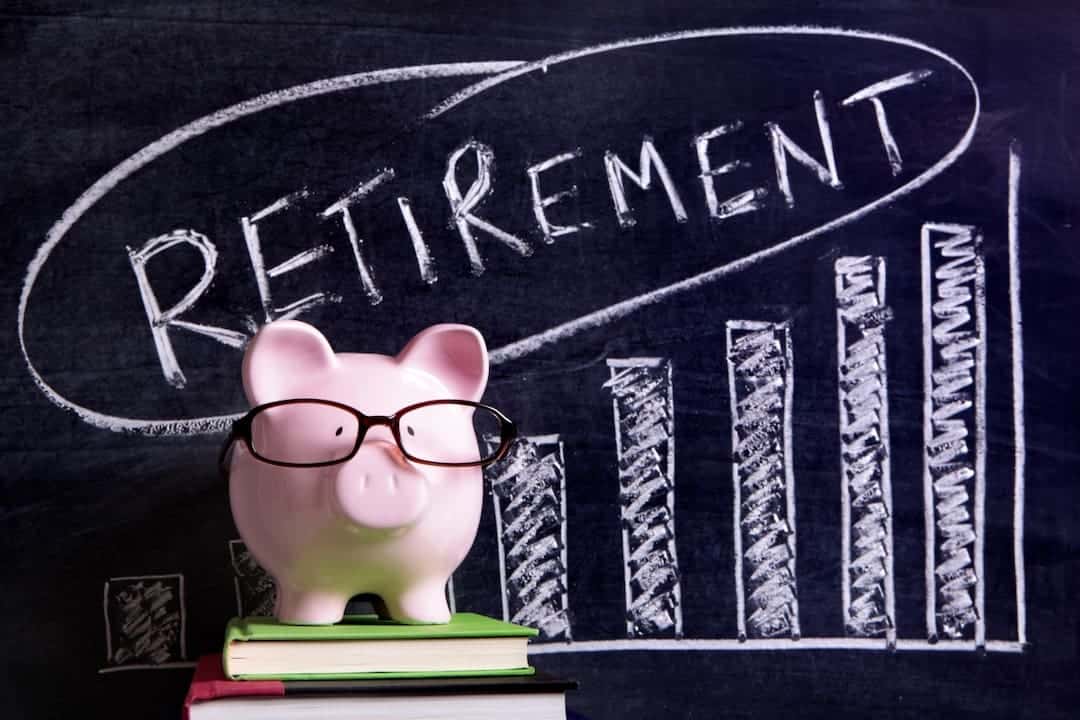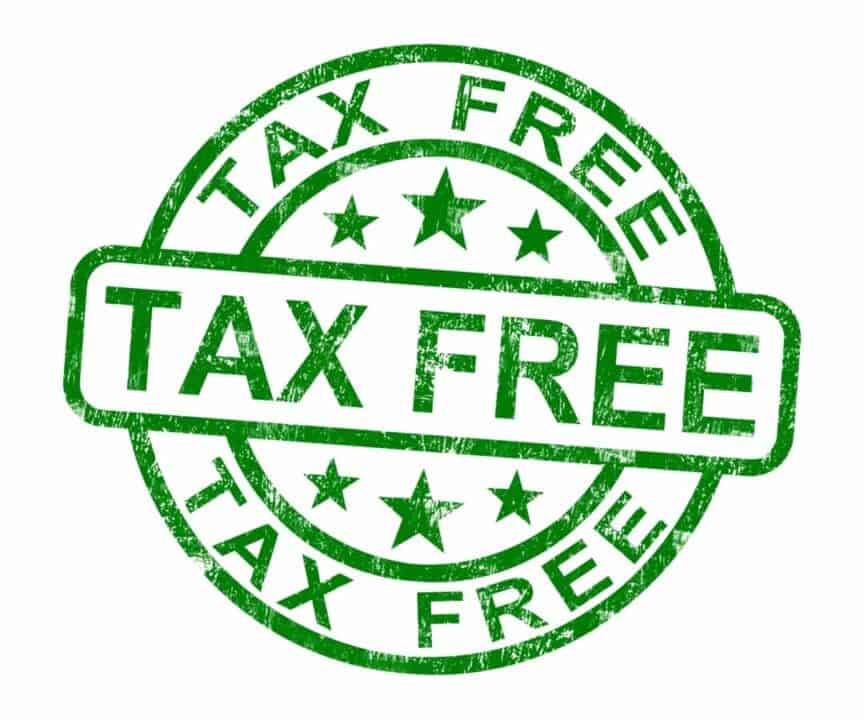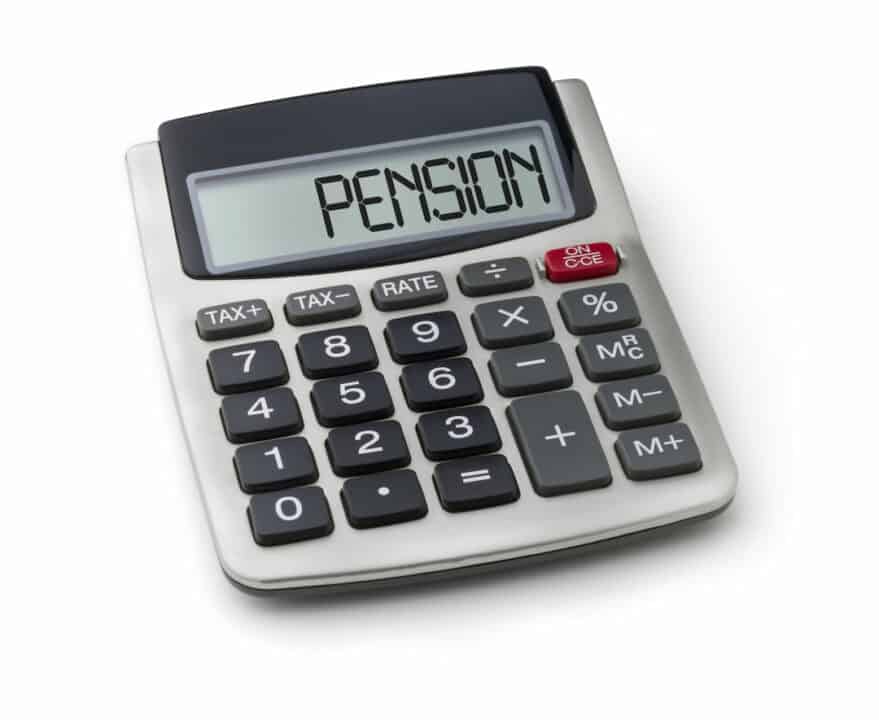Defined Contribution Pension Plan and Registered Retirement Savings are just two retirement savings plan options offered in Canada. The two retirement savings plan investments are extremely similar. Thus, making it difficult to make the right decision about which one is better for you. A pension plan is important to thoroughly research since it greatly impacts your financial income later.
There are many factors that may help you choose one retirement plan over the other. While Canadians can choose between a wide variety of savings plans, besides the government-run CCP (see this post), DCPPs and RRSPs are two of the most popular. Even those that have company pension plans that include employer contributions may want to take a look at these retirement savings options.

RRSP vs. RPP: What’s the Difference?
Even in the abbreviation itself, the two are incredibly similar. To help you choose between a DCPP and RRSP, let us first define the difference between RRSPs and RPPs.
RRSP
RRSP stands for registered retirement savings plan. This plan is an individual retirement plan for employees and self-employed people. Employees can contribute up to 18% of their income or more as stated by the Canada Revenue Agency. The CRA typically sets a contribution limit that is listed on your RRSP Deduction Limit statement (also, check out RRSP contribution deadline). The value does change based on earnings, so it is important to check first.
For Registered Retirement Savings, contributions count before taxes and are taxed after when you withdraw the money (find out more about RRSP withdrawal rules here, or check out the best ways to withdraw money from RRSP). Also, see the withholding tax article. While both RRSPs and RPPs apply for taxes after contributions, the main difference is that the individual manages the RRSPs (see here how much you should contribute to avoid taxes). The employer is not obligated to contribute or manage the contribution limit or investment funds.
RPP
RPP stands for registered pension plan. A registered pension plan is an investment plan set up by an employer to provide a pension after retirement. Like RRSPs, registered pension plans are also registered with the CRA. They are also tax-deductible for both you and your employer. However, when you withdraw the money, any gains or income apply for income tax .
Unlike RRSPs, RPPs are usually handled by the employer. However, you and your employer can make contributions. Your employer can make contributions to the pension until the employee leaves the company or reaches retirement. An RPP has the benefits of allowing your employee to handle any contribution limits or investment funds.
What is a DCPP?
DCPP stands for defined contribution pension plan. It is a type of Registered Pension Plan that provides a defined benefit pension depending on the contributions made before retirement. Like an RPP, a DCPP is usually handled by your employer. A DCPP helps to build your retirement income quicker with company funds.
The defined benefit plan does not allow one-time payments, unlike an RRSP. Also, your employer can decide if you can make individual contributions. DCPP contributions do not apply for taxes for both the employee and employer until you withdraw the funds. For a DCPP, you must use the funds as retirement income. Or used to buy a different retirement financial product by the age of 71.

Can you Transfer DCPP to RRSP?
Only certain types of DCPP plans transfer to an RRSP. A DCPP with an investment in mutual funds can be fully transferred to a locked-in RRSP. These accounts. do not allow you to withdraw funds until you retire, or reach age 55.
For other pension plans such as defined benefit plans, each pension plan may have its own limits. Some do not allow transfers, and others may have a maximum limit. These transfer limits follow the income tax act regulated by the Canada Revenue Agency. Depending on the type of investment you have, the rules may be slightly different.
Taxation on RRSPs and RPPs
Canadian residents that make contributions to an RRSP or RPP do not have to pay taxes. For those outside of Canada, there may be local taxes depending on where you live. Both contributions made by the employee and employer do not face taxes.
However, the money earned from both types of retirement savings is subject to income tax. When withdrawing your funds as income after retirement, you must pay income tax in Canada. One main difference between the two financial options is that RRSPs allow you to deduct your contributions when filing taxes. More about RRSP withdrawal tax here.

Reasons to Join a Pension Plan
A pension plan, no matter what type of retirement savings is important supplemental income. Since you won’t be working during retirement, it helps to maintain your living fees. Even if you are well off, there may be unforeseen expenses that you may need to pay for in the future. While you are working, a pension plan helps to save extra money for financial security in the future.
Another reason to join a pension plan is that many pension plans have a tax-deferred basis. This means that contributions that you make can help to reduce your taxable income. If you contribute a certain amount to your registered retirement savings, your taxable income will decrease by that amount.

While you will get taxed when you withdraw the money later, you will probably be in a lower tax bracket. Since your income will be lower, you will pay less taxes than when you were working. While some people see pension plans as unnecessary, the contributions you make during your working years will help you greatly later in life.
If you Have a Pension Plan, do You Need an RRSP?
Many work-based registered pension plans are sufficient funds for retirement. However, there are a number of factors to consider if you seek to benefit from investing in an RRSP. Not all employers offer the same retirement contributions in Canada, so it is important to decide whether or not the pension is enough for you. Some factors to consider include:
Pension Plan Type
There are two main types of company pension plans. These include the Defined Contribution Plan or Defined Benefit Plan. A DC plan contributes a fixed percentage of income that your employer matches. However, the retirement income of this plan depends on the success of the investments. This is a riskier option that may require you to consider an RRSP.
Another type of company pension plan is the Defined Benefit Plan. The DB pension is more stable in that it has a guaranteed defined payout depending on the contributions. Depending on the type of pension plan you have, you may want to start an RRSP to secure your financial future.
Contribution Room
Another consideration to make when deciding on an RRSP is your contribution limit. When you have a company pension plan, the contributions take away from your RRSP limit. This amount is the pension adjustment and helps to regulate pensions for all Canadians.
When part of a company pension plan, many Canadians think they already reach the maximum contribution room. However, the pension adjustment may not be as large as you may think. RRSP loans are also worth considering.

Financial Commitments
A retirement investment may not be at the forefront of your mind. But even with more pressing financial commitments, you could get a tax break from investing in an RRSP. Some people do not realize the benefits of investing early. It not only helps to secure the future but can also help with present tax deductions.
What About Investing in a TFSA or Non-Registered Account Instead of an RRSP?
Investing in a TFSA and non-registered account can be a wise financial decision. These are more flexible accounts that still maximize your earnings. A TFSA is a Tax-free Savings Account and a Non-registered account is essentially a high-interest savings account. With the retirement plans, you are not able to make a withdrawal until you retire. A TFSA and non-registered account can earn you interest with added flexibility for emergency situations.
A TFSA is tax-free, so you can reap the benefits of earning interest without any added tax. However, the Canadian government does place a contribution limit that changes every year. A Non-registered account is no tax-free, however, it has the advantage of allowing clients to withdraw their money when they need it. For those that want a more flexible option, a TFSA and Non-Registered account are a great option. We compared RRSP vs TFSA, as well.

The Bottom Line
Some people do not realize the importance of investing in a retirement savings account until it is too late. There are many options to help you secure your financial income even when you stop working. There are many benefits to starting to invest in a retirement plan including tax-deduction, and stable financial income.
Although some employers do offer company pension plans, it can be wise to open other savings accounts as well. To help you make life easier for yourself in the future, make sure to invest early and see what options are available for you. DCPPs and RRSPs are two great retirement savings options to look into.